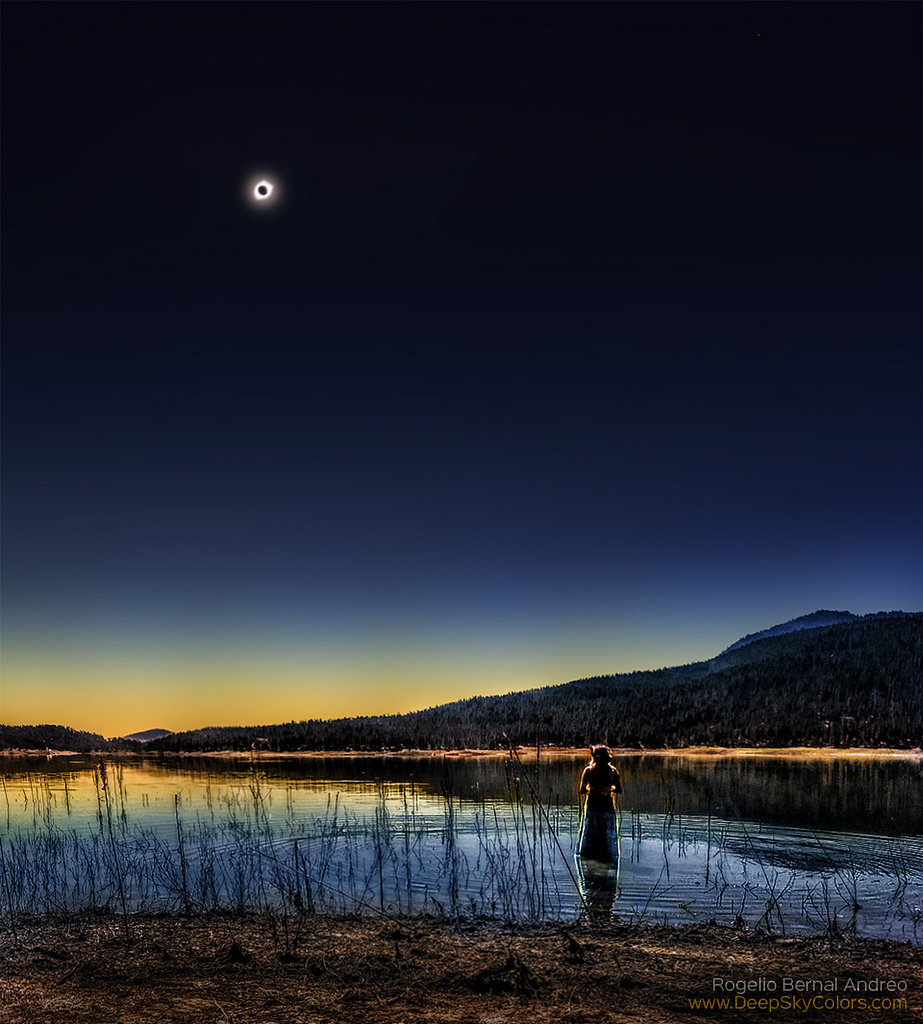more »
Launched in 1997, the Cassini-Huygens mission has reshaped scientific understanding of the solar system’s most exotic planet and its mysterious moons.
via New York Times
There are advances being made almost daily in the disciplines required to make space and its contents accessible. This blog brings together a lot of that info, as it is reported, tracking the small steps into space that will make it just another place we carry out normal human economic, leisure and living activities.
Friday, 8 September 2017
Cassini Burns Into Saturn
more »
NASA’s Cassini spacecraft will plunge into Saturn on September 15, incinerating itself after 20 years in space.
via New York Times
NASA’s Cassini spacecraft will plunge into Saturn on September 15, incinerating itself after 20 years in space.
via New York Times
'Rubber material' discovered that could lead to scratch-proof paint for car
more »
A stretchy miracle material has been discovered that could be used to create highly resistant smart devices and scratch-proof paint for cars, report investigators.
via Science Daily
A stretchy miracle material has been discovered that could be used to create highly resistant smart devices and scratch-proof paint for cars, report investigators.
via Science Daily
Earth as hybrid planet: New classification places Anthropocene era in astrobiological context
more »
A new classification scheme has been devised for the evolutionary stages of worlds based on 'non-equilibrium thermodynamics' -- a planet's energy flow being out of sync, as the presence of life could cause.
via Science Daily
Zazzle Space Exploration market place
A new classification scheme has been devised for the evolutionary stages of worlds based on 'non-equilibrium thermodynamics' -- a planet's energy flow being out of sync, as the presence of life could cause.
via Science Daily
Zazzle Space Exploration market place
Water-based lithium-ion batteries that don't explode now created
more »
For the first time a lithium-ion battery has been developed that uses a water-salt solution as its electrolyte and reaches the 4.0 volt mark desired for household electronics, such as laptop computers, without the fire and explosive risks associated with some commercially available non-aqueous lithium-ion batteries.
via Science Daily
For the first time a lithium-ion battery has been developed that uses a water-salt solution as its electrolyte and reaches the 4.0 volt mark desired for household electronics, such as laptop computers, without the fire and explosive risks associated with some commercially available non-aqueous lithium-ion batteries.
via Science Daily
The Great Gig in the Sky
more »
 There were no crowds on the beach at Phillips Lake, Oregon on August 21. But a few had come there to stand, for a moment, in the dark shadow of the Moon. From the beach, this unscripted mosaic photo records their much anticipated solar eclipse. In two vertical panels it catches the last few seconds of totality and the first instant of 3rd contact, just as the eclipse ends and sunlight faintly returns. Across the US those gathered along the path of totality also took pictures and shared their moment. And like those at Phillips Lake they may treasure the experience more than any planned or unplanned photograph of the total eclipse of the Sun.
There were no crowds on the beach at Phillips Lake, Oregon on August 21. But a few had come there to stand, for a moment, in the dark shadow of the Moon. From the beach, this unscripted mosaic photo records their much anticipated solar eclipse. In two vertical panels it catches the last few seconds of totality and the first instant of 3rd contact, just as the eclipse ends and sunlight faintly returns. Across the US those gathered along the path of totality also took pictures and shared their moment. And like those at Phillips Lake they may treasure the experience more than any planned or unplanned photograph of the total eclipse of the Sun.
Zazzle Space Gifts for young and old
 There were no crowds on the beach at Phillips Lake, Oregon on August 21. But a few had come there to stand, for a moment, in the dark shadow of the Moon. From the beach, this unscripted mosaic photo records their much anticipated solar eclipse. In two vertical panels it catches the last few seconds of totality and the first instant of 3rd contact, just as the eclipse ends and sunlight faintly returns. Across the US those gathered along the path of totality also took pictures and shared their moment. And like those at Phillips Lake they may treasure the experience more than any planned or unplanned photograph of the total eclipse of the Sun.
There were no crowds on the beach at Phillips Lake, Oregon on August 21. But a few had come there to stand, for a moment, in the dark shadow of the Moon. From the beach, this unscripted mosaic photo records their much anticipated solar eclipse. In two vertical panels it catches the last few seconds of totality and the first instant of 3rd contact, just as the eclipse ends and sunlight faintly returns. Across the US those gathered along the path of totality also took pictures and shared their moment. And like those at Phillips Lake they may treasure the experience more than any planned or unplanned photograph of the total eclipse of the Sun.Zazzle Space Gifts for young and old
Subscribe to:
Comments (Atom)